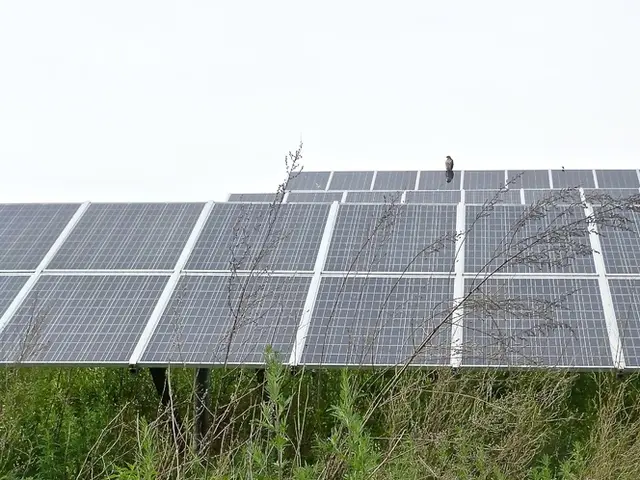PV Connectors' Performance: Sandia Study Reveals Key Failure Trends
A study by Sandia National Laboratories explored the performance of photovoltaic (PV) connectors from rooftop systems across the U.S. The research, which examined over 6,000 connectors, aimed to enrich public data on connector issues and identify trends.
The investigation, spanning connectors installed between 2014 and 2017, uncovered varied performance among cross-mated connector models. Some performed adequately, while others did not, with no clear trend emerging.
One significant problem was loose nuts, which had a failure rate of 41%. High current levels were also linked to higher resistance ranges and critical failure rates due to resistive heating. Rounded contact barbs in certain connectors could lead to retainer failures, and designs intended to limit heat dissipation were often associated with higher failure rates.
The most common failure causes were tight wire bending radius (2.2%), extra dirty connectors (1.3%), and loose nuts (1.1%). The connectors were sourced from an unidentified PV system installer operating in the U.S. market, with installations across seven regions.
The research, conducted by a team from Sandia National Laboratories, has offered valuable insights into connector failures in rooftop PV systems. The findings can guide enhancements in installation practices, connector designs, and maintenance strategies, ultimately boosting the reliability and longevity of PV systems.
Read also:
- Industrial robots in China are being installed at a faster rate than in both the United States and the European Union, as the global market for these robots faces a downturn.
- Galvanize Unveils $1.3 Billion Plan to Fund the Energy Sector's Evolution Pathway
- EAFO Research Uncovers Crucial Elements in Electric Vehicle Adoption within the EU
- Kazakhstan: From Nuclear Test Ground to Disarmament Champion








